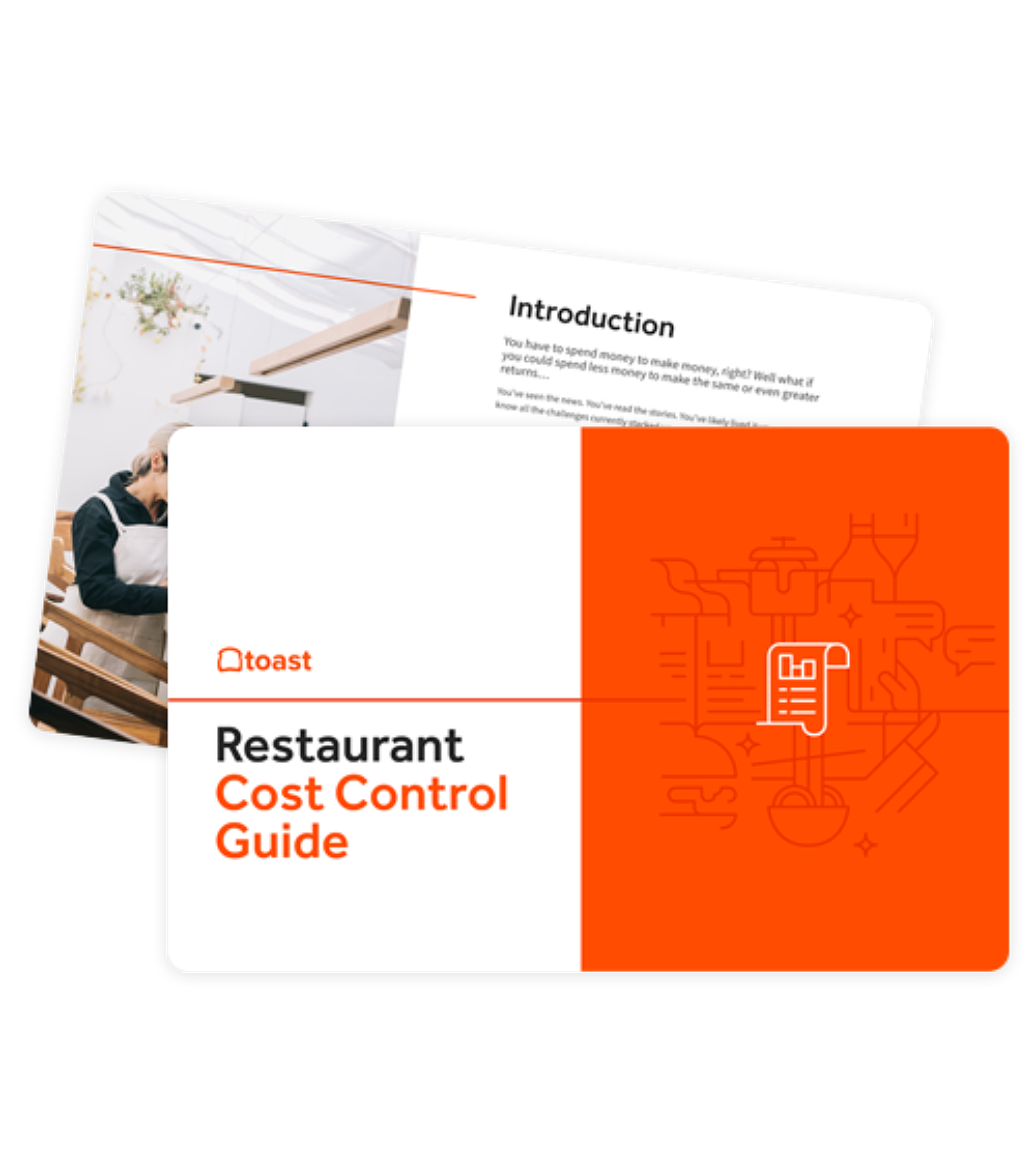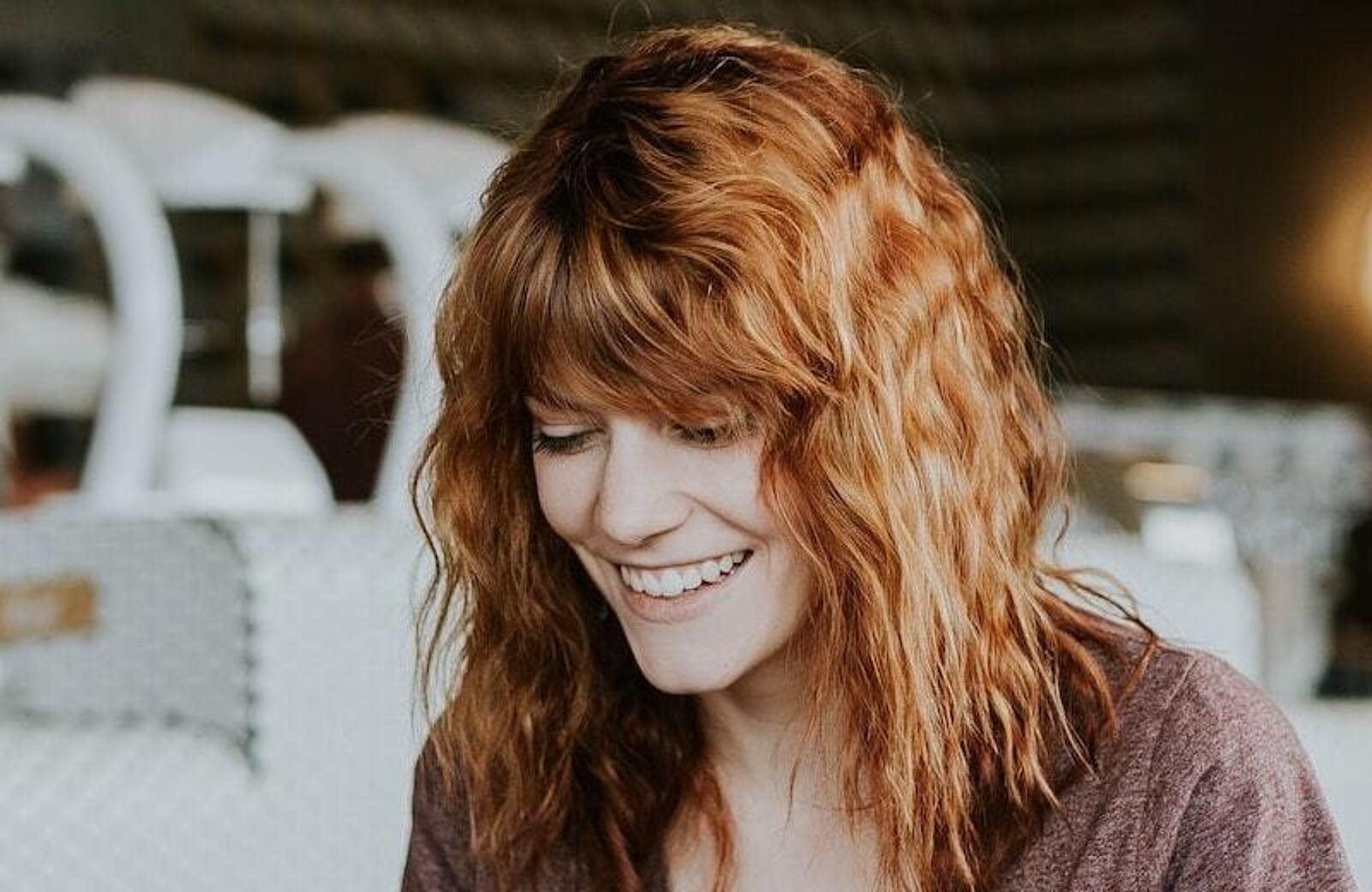
Bar Monthly Expenses: Average Bar Expenses Per Month
Here’s what to budget for each month if you run a bar.

Nick PerryAuthor


Restaurant Cost Control Guide
Use this guide to learn more about your restaurant costs, how to track them, and steps you can take to help maximize your profitability.
Bar Monthly Expenses: Average Bar Expenses Per Month
You might think running a bar is all about hanging out with pals and forming lifelong friendships and romances. Maybe there’s some of that if you’re lucky, but bar owners will tell you it’s mostly just a lot of hard work and fiscal oversight.
Beyond the considerable bar startup costs — anywhere from $110,000 - $850,000 — bar owners have host of ongoing monthly and annual operating expenses that impact bottom lines. Most of these ongoing costs are similar to those found in other restaurant businesses.
In this article, you will learn the typical total costs to run a bar, see how to conduct a successful bar cost breakdown, and understand how bar managers and operators can lower average costs and encourage greater profitability.
Bar Opening Calculator
This calculator lays out some of the fundamental financial costs of opening a bar, so you can start planning and bring your dream bar to life.

Understanding bar startup costs
New bar owners and existing bar owners should have a bar business plan that features a breakdown of expected opening costs. These costs will impact the break-even costs associated with the bar.
Small business owners need to know detailed upfront cost projections, such as liquor license fees and bar equipment, as well as ongoing costs, such as those associated with food service or labor costs.
Here are a few considerations to keep in mind for bar startup costs. These can help experienced industry pros and first-time business owners alike.
Food service vs. no food service: Many bars stick to serving alcoholic beverages (and some non-alcoholic beverages), and they do so for good reason. By not serving food, they don’t need space for a kitchen or kitchen equipment, they don’t need kitchen staff, and they don’t have to worry about the detailed food costs and inventories. But there’s a benefit to serving food at your bar: it can help keep patrons who get hungry onsite for longer, and it can bring up average check size significantly.
Leasing vs. Buying: Cost is a huge consideration when deciding whether to lease or buy your own bar. Leasing or renting a bar business is often the more affordable approach, so it’s more common. But just like in residential real estate, you’ll be paying rent to a landlord — not putting money back into your mortgage and working your way to owning the space, like you would be if you bought a commercial space.
Bar Location: The location of a bar will be the biggest factor that contributes to its price. A better location, with lots of foot traffic, easy transit accessibility, and proximity to other businesses will be much more expensive than a bar location that’s isolated, harder to get to, and overall less appealing. And depending on your area, costs for business licenses and other requirements may vary.
Taking control of ongoing bar expenses
No matter whether you're a sports bar, a high-end specialty bar, or just an average bar that serves alcohol in the neighborhood, you must keep ongoing costs in control.
There are two types of ongoing costs. These include fixed bar expenses and variable bar expenses. Here’s a deep dive on the two:
Fixed bar expenses
Fixed expenses don't fluctuate based on sales volume or customer traffic. They’re predictable, set expenses that you can plan for because they’re incurred regularly.
Rent or mortgage
Your biggest fixed expense is most likely the rent or mortgage paid on the bar. Your physical space is essential to your bar’s success, of course, so it’s important to find a location that both appeals to your target demographic, suits your brand, and is within your budget. That’s not always the easiest needle to thread.
It may surprise you to know that it’s typically more cost-effective to buy an existing restaurant or bar space than it is to lease. If you lease, you may have to invest significant costs to convert a space to a bar or restaurant. At least when you buy, you know that a space is already set up for food and drink service.
Utilities
Utilities like electricity, water, gas, and internet can add up quickly if you have a very large space. While they are slightly variable depending on usage, you will have a general idea of how much to budget each month to cover utility costs.
Remember to increase your budget if you introduce new equipment or turn the heat or A/C on.
Insurance
You’ve probably had a night out where things got a little too rowdy. Well, bars deal with people getting a little too rowdy all the time. As such, you need extensive insurance coverage. Any bar should have general liability insurance, liquor liability insurance, and workers’ compensation insurance. (You may also offer health insurance for employees!)
The cost of insurance premiums varies based on the location, size of your bar, and elected coverage limits.
Liquor licenses and other permits
Perhaps the least sexy part of operating a bar, you’ll need to budget for regulatory fees. In most locations, licenses and permits like alcohol licenses, health permits, music licenses, and occupancy permits are assessed annually. While it’s nice you won’t have to pay them every month, you do need to budget for the occasional bump in your fixed expenses due to regulatory fees.
Variable bar expenses
Contrary to fixed expenses, variable expenses are directly correlated to sales volume and customer traffic. These expenses are harder to plan for and can vary day-to-day or on a seasonal basis.
Liquor costs, food costs and cost of goods sold (COGS)
Your cost of goods sold, or COGS, are the direct costs related to producing items sold at the bar, such as liquor costs and food costs.
COGS represent one part of your prime costs — with labor costs representing the other. Keeping your COGS under control has a direct impact on your bar’s profits.
These expenses include the cost of alcoholic and non-alcoholic beverages, mixers, garnishes, and any ingredients needed for food items on the menu.
If you change up the menu, adjust portions, or use seasonal ingredients, you can expect your COGS to change. Focusing on the most profitable bar foods can help offset food costs.
Bar labor costs
Bar labor costs are likely one of your two largest variable expenses. Labor is a significant variable expense, impacted by the number of employees you have and the hours they work. You need to find the right balance of staff working on a given night and the right wages to pay them to both attract talent and maintain profitability.
You’ll need to include bartender wages, waitstaff salaries, kitchen staff wages, and any overtime or benefits paid into your operating cost calculus.
Marketing and advertising
Even if your bar is located on a main commercial strip, you need to make it stand out somehow. Marketing strategies and advertising tactics can help you do that, but you don’t have to pump the same marketing budget into your business every month.
Promoting your bar to potential customers could include social media campaigns, print advertisements, event sponsorships, and running a website. Each of these items will have their own variable expenses associated with them depending on how much money you feel you need to pour into customer acquisition.
Bar Menu Templates
Use these bar menu templates as a starting point for your menu design or to give your menu a refresh.

Controlling bar expenses
You can’t avoid expenses, but you can implement some measures to control them. Let’s talk about how you can keep costs down and optimize your operations.
Budgeting
The best way for anyone to control costs, regularly auditing and updating your budget will help you understand exactly where your bar’s money goes and where you can optimize certain expenses. You’ll have to make adjustments from time to time, and actively managing your budget is the best way to know how to make those adjustments.
Negotiate contracts
Vendors, suppliers, and service providers want to lock you into the best prices for them. You want the best prices for you. Don’t be afraid to negotiate contracts to get more favorable rates and terms. You may be able to get discounts for longer service contracts, ordering in bulk, or taking advantage of loyalty programs.
Analyze sales data
Regularly analyzing your sales data will help you identify trends and patterns that impact your bottom line. You’ll be able to figure out if certain items aren’t selling as well, if you’re spending too much to produce certain items, or if you’re ordering too much leading to certain ingredients spoiling. Analyzing sales data will also help you more strategically price items and inspire promotions, discounts, and marketing campaigns.
Train staff on cost control
Your staff should feel a commitment to the business, which includes being active participants in cost control. Especially during times of economic uncertainty, you should educate your staff about how to reduce waste, control portions, and handle cash correctly and efficiently to streamline and optimize workflows. Everybody is a crucial contributor to cost control and everybody has an impact on the bar’s profitability. Staff should understand they have some skin in the game.
Regular maintenance and repairs
To avoid extremely costly replacements of equipment or repairs, make sure you’re regularly inspecting your space and equipment. The better and more actively you take care of things, the less likely it is you’ll have to pay huge sums to repair or replace them later.
Review supply contracts
Like the need to negotiate contracts, you should also periodically review supplier contracts to make sure that they’re still meeting your needs. There are always other options out there and it’s important to have the right suppliers in place for the changing needs of your business. If that means exploring other suppliers to get new quotes on prices and quality, then so be it. You don’t owe anybody anything, and exploring new options may bring your existing suppliers to the negotiation table to improve your terms.
Bar POS system and other tools to help you control ongoing costs
Running a bar isn’t cheap. You’ll have significant fixed and variable expenses each month that you will have to consistently navigate to maximize your bar’s profit margin. With this guide, you’ll have better awareness of your monthly expenses and be able to work on a strategy to keep them under control.
Is this article helpful?
DISCLAIMER: This information is provided for general informational purposes only, and publication does not constitute an endorsement. Toast does not warrant the accuracy or completeness of any information, text, graphics, links, or other items contained within this content. Toast does not guarantee you will achieve any specific results if you follow any advice herein. It may be advisable for you to consult with a professional such as a lawyer, accountant, or business advisor for advice specific to your situation.
Read More
Subscribe to On the Line
Sign up to get industry intel, advice, tools, and honest takes from real people tackling their restaurants’ greatest challenges.



